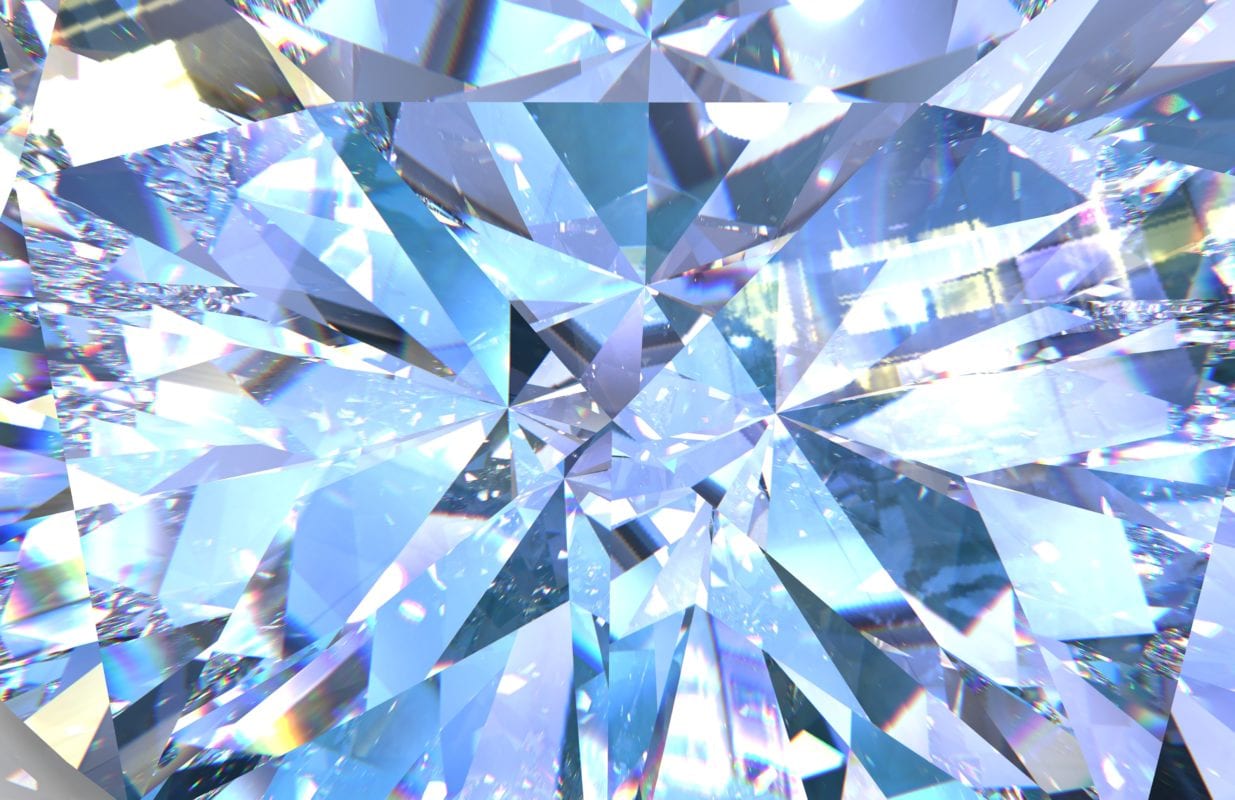Diamante
What’s the Deal with Diamond Fluorescence?
If you’ve been looking for the perfect diamond, you might have heard the term “fluorescence” tossed around. What is it? Is it a good thing to have in your diamond? Does it affect the price? These are some frequent questions we get at Dallas Gold & Silver Exchange, and we are committed to making sure our customers make the most informed decision possible. We want you to love your stone and understand every aspect of it. Here’s everything you need to know about fluorescence in a diamond.
What is diamond fluorescence?
The term fluorescence refers to how a diamond responds when subjected to ultra-violet light. This can cause them to emit a bluish or even a yellow light. Similar to when you go to a bowling alley and your white socks glow under the black-light, a diamond with fluorescence will glow, too. While only about 25% to 35% of diamonds exhibit some degree of fluorescence, it’s important to know how fluorescence level affects the appearance of your diamond.
The GIA describes a diamond’s fluorescence by its intensity (None, Faint, Medium, Strong and Very Strong) when compared to master stones used in the lab. If the fluorescence is Medium, Strong, or Very Strong, the color of the fluorescence will be noted. Whether or not you’ll be able to see the fluorescence with a naked eye depends on the color grade.
The color grade is measured on a scale of D to Z, with D being colorless and Z being yellow or brown. In the middle of this scale lies slight yellow. Typically, you want your diamond to be as close to colorless as your budget will allow. However, fluorescence can work in your favor in a diamond with yellowish color.
While your fluorescence really doesn’t matter if you can’t see it with a naked eye, strong and very strong fluorescence often makes for hazy diamonds. Since GIA grades a diamond’s fluorescence, be sure you’re buying a GIA-certified. This is the best way you can ensure you love every aspect of your diamond.

